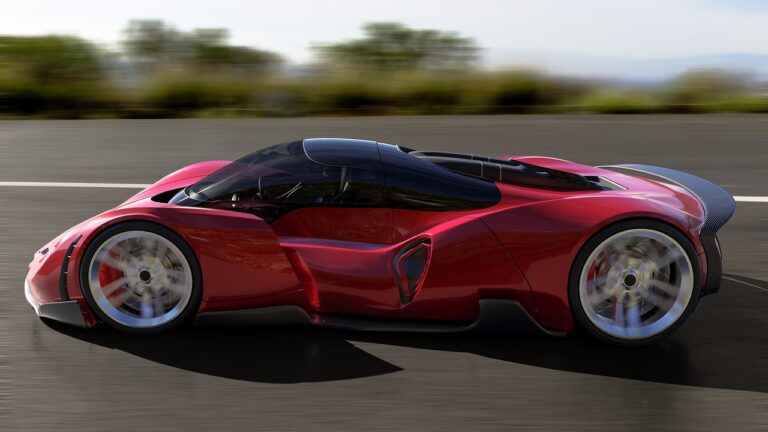The Potential of Vehicle-to-Grid Technology in Commercial Energy Storage Systems
Vehicle-to-Grid (V2G) technology represents a groundbreaking innovation that allows electric vehicles (EVs) to not only draw power from the grid but also to provide electricity back to it when needed. This bidirectional flow of energy enables EVs to function as mobile storage units, capable of storing excess energy during off-peak hours and feeding it back into the grid during peak demand periods. By transforming EVs into flexible energy resources, V2G technology holds the potential to enhance grid stability, increase renewable energy integration, and optimize energy management on a larger scale.
One key advantage of V2G technology is its ability to support the grid by balancing supply and demand, reducing peak load demand, and providing ancillary services such as frequency regulation. Additionally, by utilizing the battery capacity of EVs when they are parked and plugged in, V2G technology can help address concerns related to grid reliability and grid congestion. As a result, V2G has emerged as a promising solution to improve grid efficiency, promote sustainability, and maximize the value of EVs beyond just transportation.
Benefits of Integrating Electric Vehicles into Energy Storage Systems
Electric vehicles (EVs) have emerged as key players in the transition towards a more sustainable energy future. By integrating EVs into energy storage systems, numerous benefits can be realized. One of the primary advantages is the ability for EVs to store excess electricity generated from renewable sources, like solar or wind, and then discharge it back to the grid when needed. This can help balance out the fluctuations in energy supply and demand, ultimately enhancing grid reliability and stability.
Moreover, the integration of EVs into energy storage systems can lead to cost savings for both consumers and utilities. By utilizing EV batteries for storing and supplying electricity during peak hours, it can reduce the strain on the grid and lower overall electricity costs. Additionally, EV owners can benefit from participating in demand response programs or selling stored energy back to the grid, providing them with potential revenue streams and incentives to further embrace sustainable energy practices.
• By integrating EVs into energy storage systems, excess electricity generated from renewable sources can be stored and discharged back to the grid when needed.
• Balancing out fluctuations in energy supply and demand enhances grid reliability and stability.
• Cost savings for consumers and utilities are possible by using EV batteries for storing and supplying electricity during peak hours.
• Participation in demand response programs or selling stored energy back to the grid can provide potential revenue streams for EV owners.
Challenges and Barriers to Implementing Vehicle-to-Grid Technology
One significant challenge in implementing vehicle-to-grid (V2G) technology is the lack of standardized communication protocols between electric vehicles and the grid infrastructure. With numerous vehicle manufacturers and grid operators in the market, developing a universal language for data exchange poses a considerable hurdle. This fragmentation complicates the interoperability of V2G systems, hindering widespread adoption and seamless integration into existing grid networks.
Another barrier to the widespread implementation of V2G technology is the uncertainty surrounding regulatory frameworks and market structures. The integration of electric vehicles as mobile energy storage units introduces complexities in terms of energy pricing, grid balancing, and revenue-sharing mechanisms. Without clear guidelines and policies in place, stakeholders may hesitate to invest in V2G infrastructure, stalling progress towards a more sustainable and resilient energy system.
What is vehicle-to-grid technology?
Vehicle-to-grid technology allows electric vehicles to interact with the power grid, enabling them to store and discharge electricity based on grid needs.
What are some benefits of integrating electric vehicles into energy storage systems?
Some benefits include increased grid reliability, reduced energy costs, and a decrease in greenhouse gas emissions.
What are some challenges and barriers to implementing vehicle-to-grid technology?
Challenges include the high cost of implementing infrastructure, standardization issues, and concerns about vehicle battery degradation.







